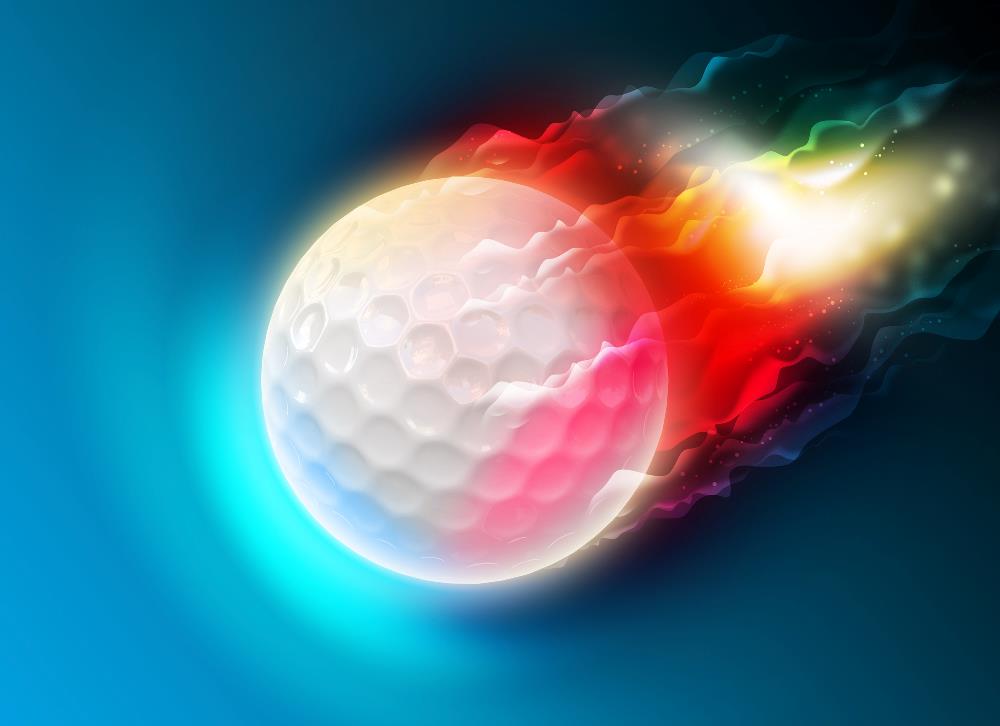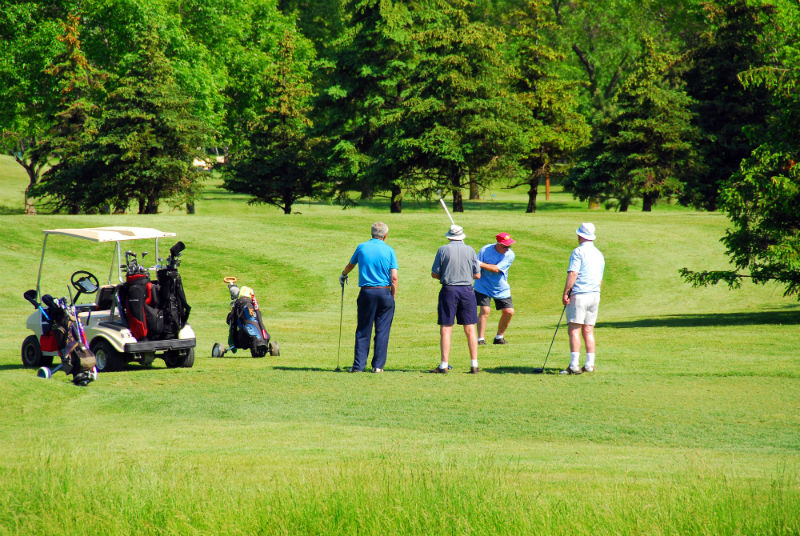The distance a golfer can hit a ball depends on how quickly they can swing their clubs. Tall and physically fit players typically have an easier time achieving higher speeds, but speed is not the only factor in the best shots.
The quality of your shot is influenced by a number of factors, including a balanced shot, good posture, the use of shoulder and core strength, and the right club and ball selection. A significant element is the type of golf ball, which should be selected based on your swing speed. This is due to the connection between swing speed and golf ball compression, which was covered in a prior article.
How to Measure Your Swing Speed
Successful shots, especially the drive shot, depend on the swing speed. Professionals typically have special equipment to measure swing speed, so they are aware of it. If a club has one of these machines, you should ask to use it if you play there. As an alternative, there are some excellent golf swing apps available that can provide you with information on your swing speed and other swing data analytics.
There is still a method to gauge speed if you don’t have access to a device or app.
The most common method is to gauge how far your golf ball travels after being struck with a driver. A golf ball typically travels 2.3 yards for every mile per hour of club swing velocity. You could calculate the swing speed by measuring the yardage and multiplying it by a factor of 2.3.
Your swing speed is roughly 91 miles per hour, for instance, if you hit the ball 210 yards.
Don’t measure the ball’s rolling distance; rather, measure the distance up to the point where it touches the ground. The best way to do this is to ask a friend to stand on the opposing side of the course and mark the ball’s landing spot. It is advised that you measure the distance at least ten times and compute the average because doing this just once won’t give you the most accurate measurement.
Best Golf Ball for High Swing Speed
High swing speeds are those that are greater than 100 mph. This is a significant benefit for all golfers, and fast swingers can concentrate more on just successfully landing the ball on the fairway rather than purchasing balls that increase speed.
The best golf balls for a 100 mph swing speed are designed for high accuracy over long distances if you are a player with a fast swing. Although they cost more than regular balls, they might be worthwhile to develop your skills and up your game.
These balls typically have three layers or more, a large core, and strategically placed dimples to create the best possible aerodynamic shape. It is best to try out various club-to-ball combinations before settling on a ball for the long term because these balls respond differently to various clubs and because your swing speed will also vary from club to club.
rapid swinging High compression balls are favoured by athletes. High swing velocities and top-soft balls with low compression can produce an odd feeling when striking. The Titleist Pro V1 and the V1x are two of the best golf balls for swing speeds of 100 mph and above to prevent this. The only slight variation in compression between these balls, which you can test out several times before deciding which one to use, is the only distinction between them.
Best Golf Ball For Medium Swing Speed

The most typical club speeds among regular golfers are medium swing speeds. They range from 90 to 100 miles per hour. Similar to how high swing speeds work best with high compression balls, average swing speeds work well with medium compression balls. The type of cover you desire is the only important decision left to make.
While being quite soft to hit, a golf ball with an urethane cover can give you much more spin. Since it more readily holds onto the greens, this is preferred when playing on them. This is why tour golf balls frequently have urethane coverings. Additionally, it grips the grooves better than other materials and feels much softer on the club face, producing more spin.
Surlyn, on the other hand, is a widely used substance that is used to make the cover of golf balls with medium compression. It is less expensive than urethane and more frequently used on two-piece golf balls. Surlyn is extremely resilient but generates less spin than balls with urethane covers. It requires more room to roll while chipping onto greens and runs more when hitting drives.
You can choose the best golf ball from these two options by taking into account the durability, cost, feel on the club face, and desired amount of spin. The best medium compression golf balls currently on the market that are of tour calibre are the TaylorMade Project (a) and Callaway SuperHot 70.
Best Golf Ball for Slow Swing Speed
Anything below 90 miles per hour can be considered a slow swing speed. This will cause the ball’s travelling distance to be less than when a player with a faster swing speed hits the same ball. This makes it difficult to traverse the space between the tee and the hole, especially on longer par 5 holes. For this reason, if you have a slow swing speed, it is even more crucial to choose the best golf ball for an 85-mph swing speed or less.
Balls with lower compression can travel a farther distance at low swing speeds than those with higher compression. Compression ratings of 70 to 80 are suitable for swing speeds of 85 to 90 mph. Another benefit is that the jarring effect is minimized with such balls and they feel less harsh when hitting it with low swing speeds.
As most beginners tend to have low swing speeds, it is important for them to choose the correct ball in order to learn in the best way. The DT TruSoft Golf Balls from Titleist and Supersoft Golf Balls from Callaway are the best on the market for beginners or intermediate players who have low swing speeds.
These balls are designed in 2 pieces which makes the ball go longer distances with lower spins. As these balls have low compressions, they also tend to last longer than high-speed golf balls.

